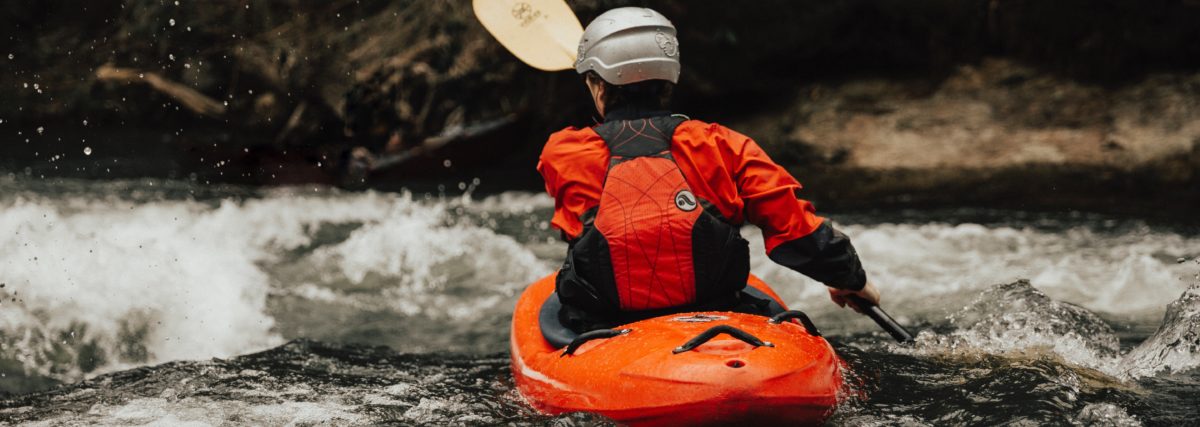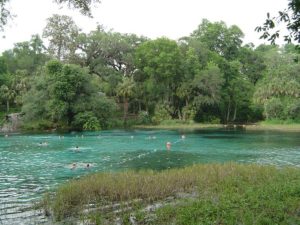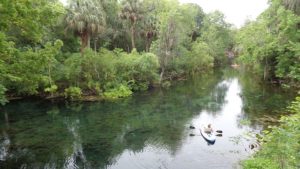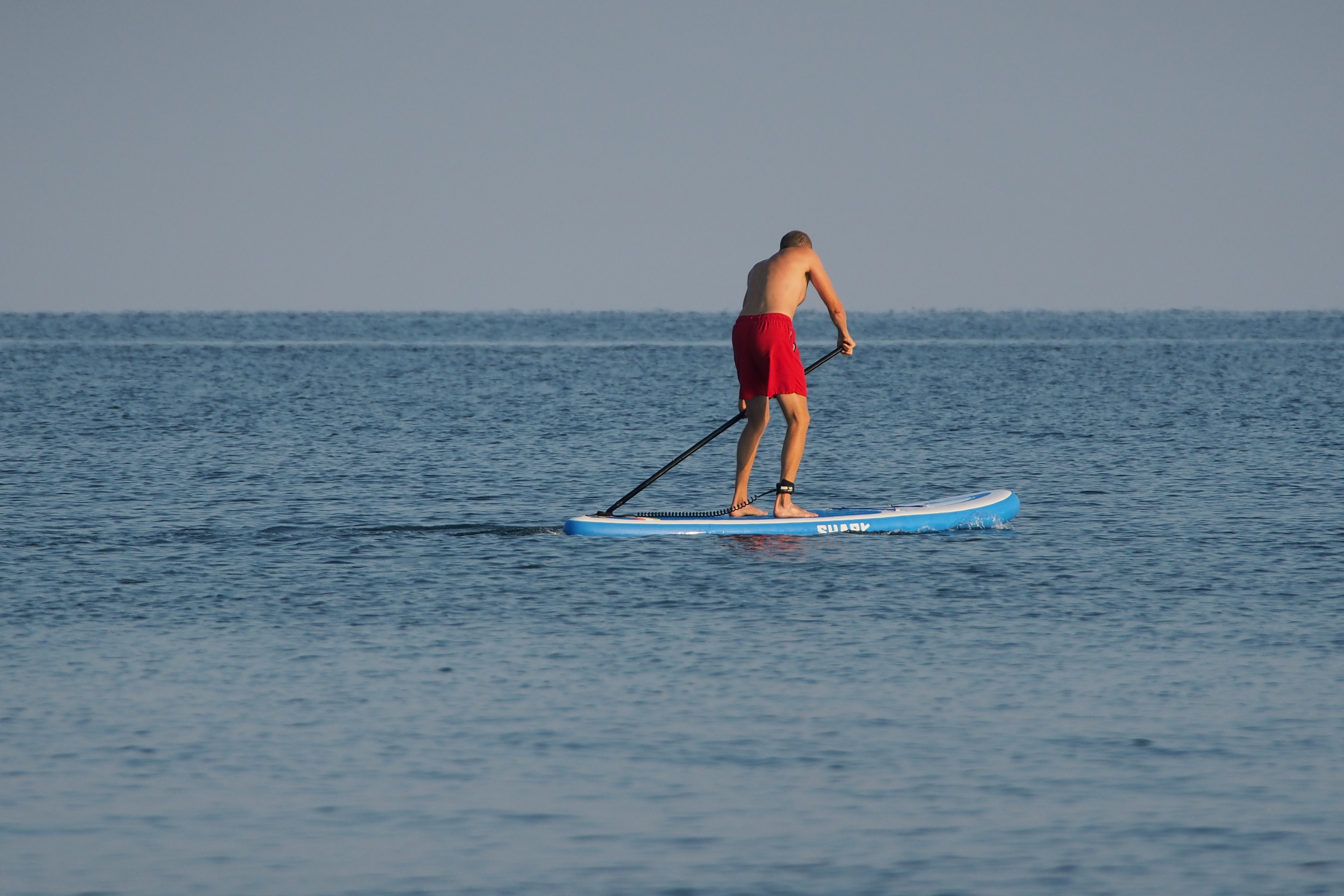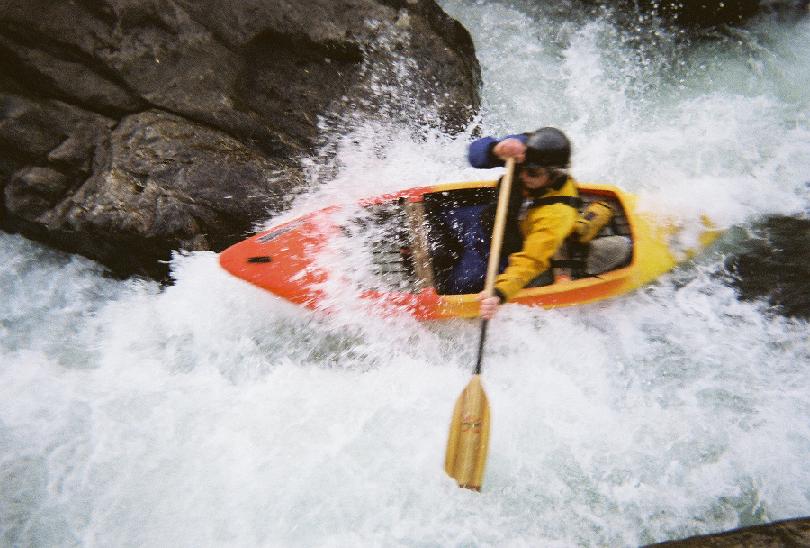Kayaking is an outdoor activity that is loved by adventurous, active people who love being out on the water. They sometimes risk their own safety to enjoy the adrenaline that kayaking can provide, especially with fast moving rivers.
However, some people kayak with their kids when they are on a vacation or a tour. When you kayak with your kids, you should prepare them in advance to guarantee their safety.
You should have the right gear before you go kayaking, because it can save your whole family’s lives. Therefore, before you start, you should all put on life vests and load your boat with the proper safety equipment.
If you are planning to kayak with your kids, you should consider buying a sit-on-top kayak rather than a sit-in kayak, because they won’t fill with water [For regular, adult recommendations, we recommend you read our review of the Oru, the world’s most interesting portable kayak]. After you’ve gathered the right gear, you need to teach your kids how to use them and maintain them.
What To Start With
The first thing you should teach kids is the paddling technique. To achieve this, you will have to teach them in a secure area that’s protected, and there’s safety gear on, just in case anything happens.
Instruct the kids to sit up straight and hold the paddle at shoulders’ distance level, and paddle uniformly. Be patient, because you should expect the kids to tire out, or fail to paddle at all.
Therefore, you should not rely on the kids to start off paddling well, because they are not quite experienced. Alternatively, you can start watching videos with your kids and reading articles about kayaking, to prepare them in advance.
Also, you can consider signing yourself and the kids up for swimming and kayaking lessons. You can get swimming lessons from a community pool, so that in case your kayak topples, your kids can swim easily and avoid drowning. In addition, you can start working out with your kids at home to become fit, and strengthen your muscles.
The Next Step
Secondly, you will have to expose them to the kayaking world. Choose a protected area, a safe river, or a lake where you can go for your first outing. This is very important to build their confidence, teach them how to paddle, show them how to wear protective gear, and how to use them all together.
When buying life vests, you should consider both the age and weight of the kids, because they vary in size. If you are not informed about life jackets, consider seeking professional help to avoid jeopardizing your safety, or that of your kids.
Kayaking While On Vacation With Kids
In case you are planning a trip or vacation, and have been practicing kayaking on a lake or river, you need to sell the trip to the kids so that they can get involved.
First, research more about your trip, using relevant field books, and tide and current charts. This information will be helpful when kayaking, because you will have discussed where to kayak, how to do it, duration of time, and technique, among other things.
Remember, preparing your kids psychologically is very important, because you will be depending on them to cooperate and follow instructions.
Secondly, you need to have a packing list so your kids won’t forget things you really need on your trip. Some of the things you should include are clothing, food, and safety gear.
Thirdly, you need the help of other adults when kayaking, especially if you have more than one kid. Each kid should have a life vest, even if they know how to swim, because you will be kayaking on potentially dangerous water, like the ocean, for example.
Conclusion
Finally, while on the water, you need to go slow, give rules/directions, and teach. Most importantly, you should be supportive, to encourage your kids and enjoy the entire experience. However, safety should always come first, even if you are just trying to have fun with your family.
